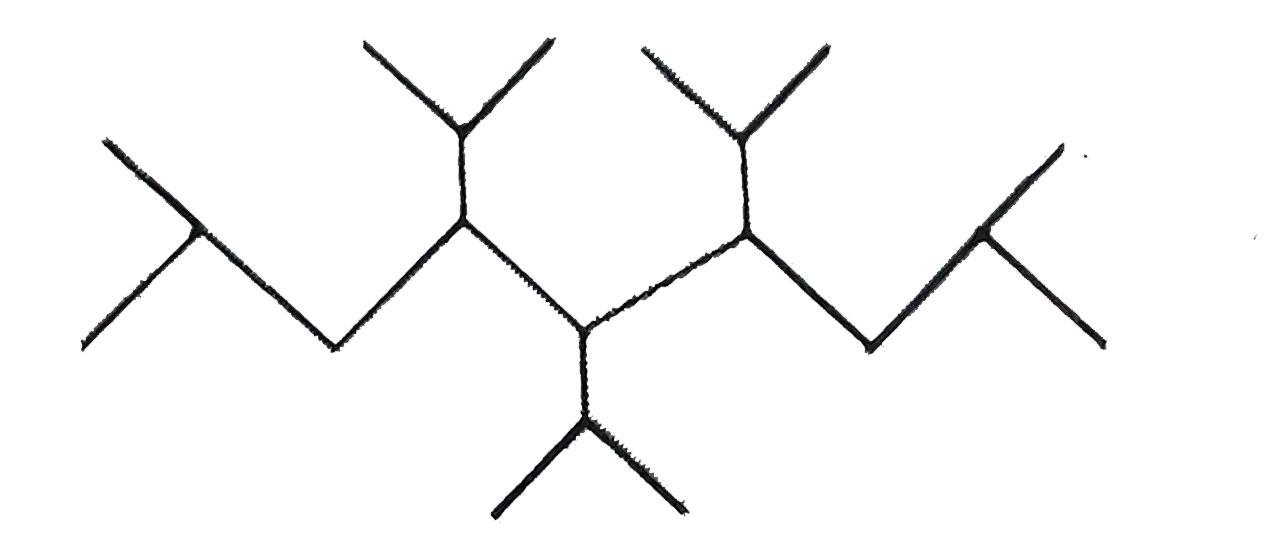How many nucleotides are used for the synthesis of A chain and B chain of insulin?
90 for A and 63 for B
63 for A and 90 for B
92 for A and 61 for B
60 for A and 61 for B
The correct Answer is:B
Step by step video, text & image solution for How many nucleotides are used for the synthesis of A chain and B chain of insulin? by Biology experts to help you in doubts & scoring excellent marks in Class 12 exams.
Updated on:21/07/2023Topper's Solved these Questions
Similar Questions
Knowledge Check
How many nucleotides are found in one spiral of B-DNA?
A5B10C20D25Gene which is responsible for the synthesis of a polypeptide chain is called :-
APromotor geneBStructural geneCRegulator geneDOperator geneDNA cossists of two complementary nucleotide chains . If the sequence of nucleotide in one of the chains is AGCTTCGA, then the nuclleotide sequence in the other chain shall be
ATAGCATATBGATCCTAGCTCGAAGCTDGCTAAGCT
How many isopropyl groups are present in the parent chain ?

View SolutionHow many amino acids are arranged in two chains of insulin?
View SolutionEli Lily an American company prepared two DNA sequence corresponing to A and B, chains of human insulin and introduced them in plasmids of E.coil to produce insulin chains. These chains A and B were
View SolutionEli Lilly, an American company prepared two DNA sequences corresponding to A and B, chains of human insulin, and introduced them in plasmids of E. Coli to produce insulin chains. Chains A and B were produced separately, extracted and combined by creating
View SolutionEli Lilly an American company prepared two DNA sequences corresponding to A and B chains of human insuline and introduced them in
View Solution
